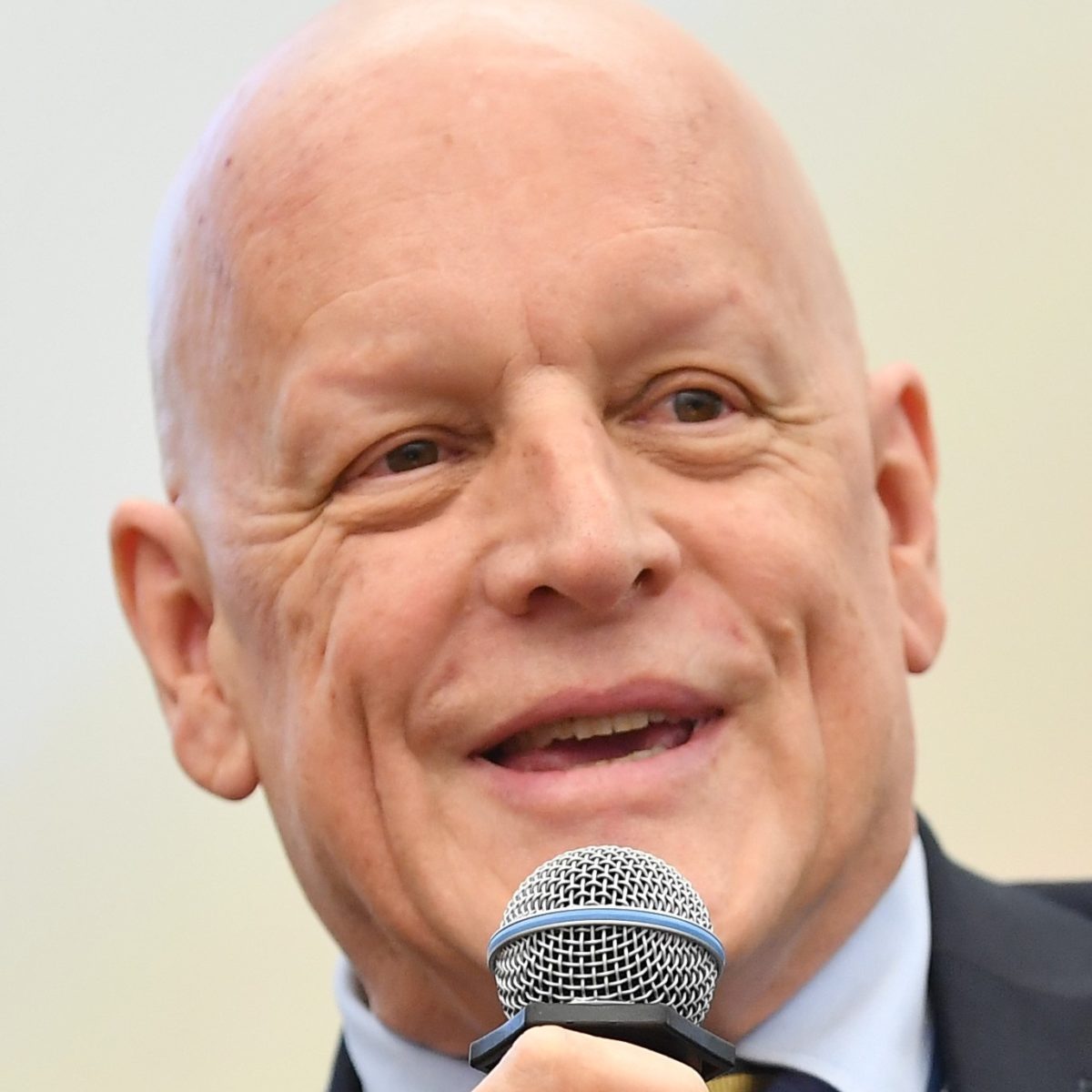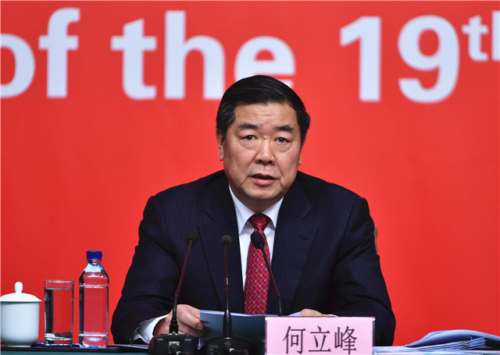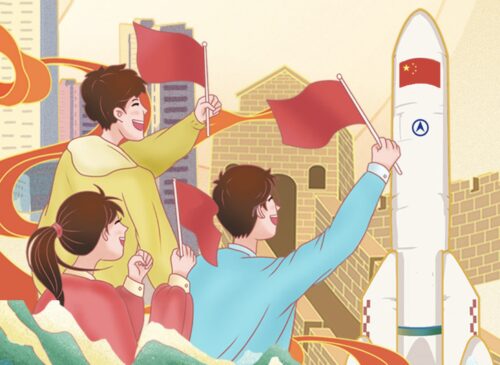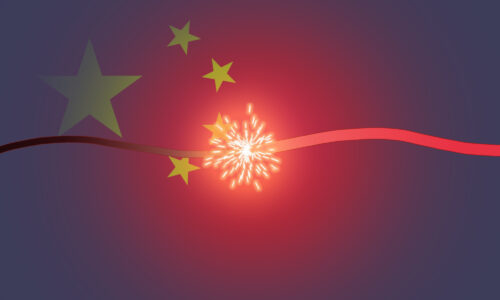The Chinese Communist Party: Made (partly) in Japan
One underappreciated aspect of the Chinese Communist Party's history, particularly its early history, is how much of it was influenced by Japan.
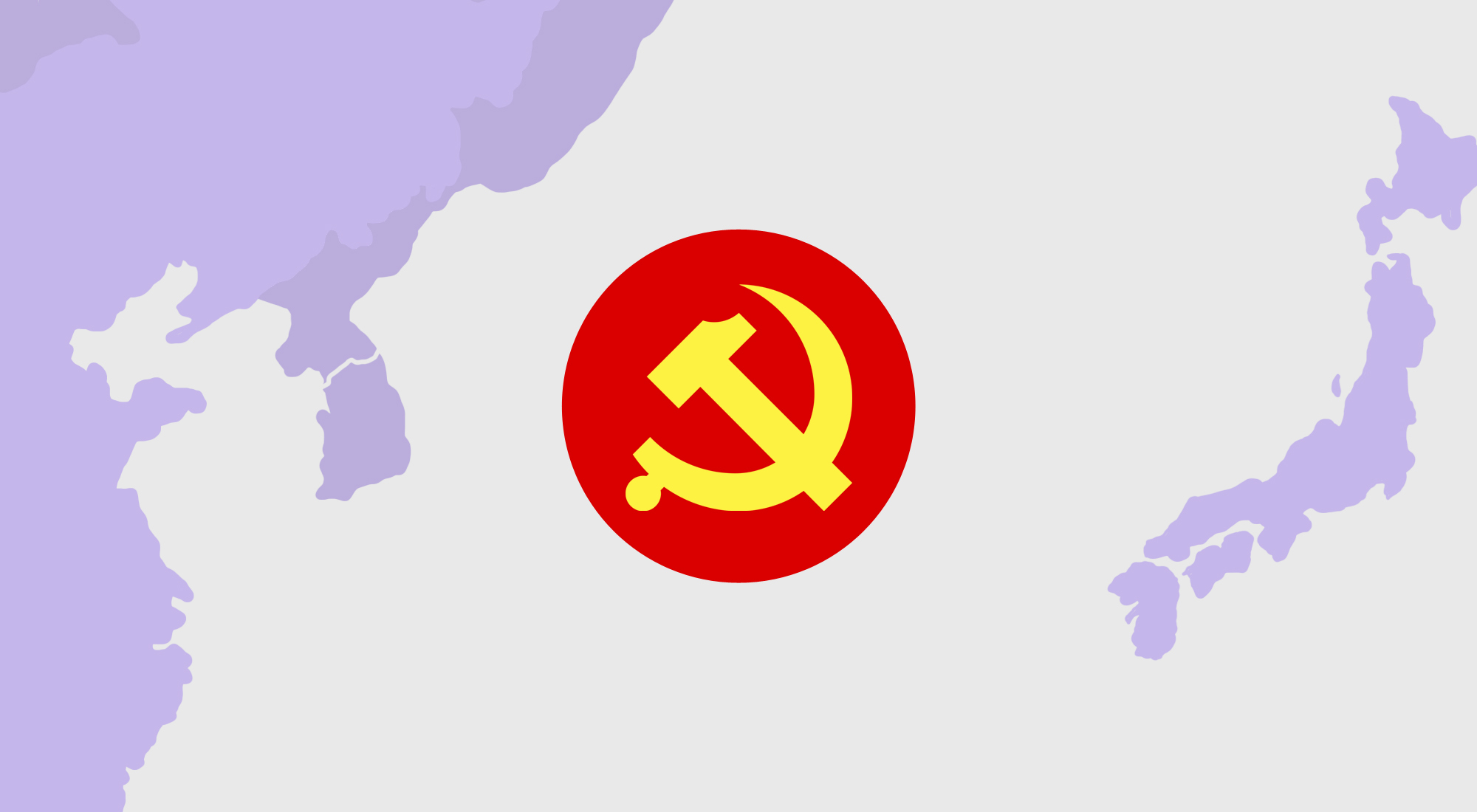
For decades now, the Chinese Communist Party (CCP) has celebrated its founding on July 1, primarily because the precise dates and locations and attendees at the actual founding meetings, in July 1921, aren’t entirely settled. But they did occur, first in what’s now the Xintiandi district of Shanghai and then, as the attendees feared discovery by spies or the police, on a boat on a lake in neighboring Zhejiang province.
There is one aspect of the founding and development of the Party that isn’t in doubt, though it’s rather less known. In China’s War with Japan, published in 2013, renowned China scholar and Oxford professor Rana Mitter reminds us that, “For good or ill, a large proportion of the history of twentieth-century China was made in Japan.” And while the Party’s official history says, “After the October Socialist Revolution in Soviet Union led by Lenin was victorious in 1917, Marxism spread to China,” that antedates the exposure of thousands of Chinese intellectuals to Marxism, and their importation of it into China, mostly via Japan, by at least a decade.
Mitter could easily revise his claim to be about the history of the Party itself. Most of the CCP’s founders — the education they boasted and the very language they used in establishing and developing the CCP — were influenced by Japan.
Go east, young men (and women)
Between 1895 and 1905, Japan shocked the world — twice. China’s distress at losing the First Sino-Japanese War (1894 – 1895), to a polity that had long been little more than a vassal state, was profound, but Japan’s victory in the Russo-Japanese War (1904 – 1905) was a tectonic shock to the entire world: never before had an Asian state stood up to a European power and remained standing. Japan therefore became a paradigm for a modernizing Asian power, and Chinese intellectuals, witnessing the drawn-out demise of the Qing dynasty (many were eager to hasten the demise) and the consequent prostration of the country in the face of Western aggression, were increasingly eager to learn from a country that had not only modernized, but resolutely thwarted imperial Russia’s East Asian ambitions.
And Japan was just a few days’ boat-ride to the east. The result was what the late Harvard scholar Ezra Vogel, in his final opus, 2020’s China and Japan, called “the first large-scale study abroad program anywhere in the world.” Nearly 30,000 Chinese had studied in Japan (link in Chinese) by the advent of the First World War, and half again that amount would do so in the following two decades.
They learned more than modernizing techniques and tactics. One of the leading Chinese intellectuals of the era, Liáng Qǐchāo 梁启超, spent years in Japan, first in exile after the failed Hundred Days Reform of 1898. Had he not escaped from China, he would have been executed. Years later, at Tokyo’s famous Ueno Station, Liang saw families sending sons off to the war with Russia. He noted in particular a large banner displaying “Grant Death in Battle,” and wrote, “On seeing this, I was astonished and respectful and unable to put it out of my mind.” In Japan and China – From War to Peace, 1894 – 1972, whence this English translation of Liang’s words, scholar Marius Jansen asserts that “the student movement [in Japan] thus served as a breeding ground for Chinese nationalism.”
Of the 13 men who attended the inaugural CCP meetings in July 1921, four had lengthy study periods in Japan, as did the two acknowledged founders of the Party, Chén Dúxiù 陈独秀 and Lǐ Dàzhāo 李大钊. Neither Chen nor Li attended the July meetings (they sent proxies), but both were well known, as was Liang, for introducing words and concepts from the West to Chinese readers via the Japanese translations they’d immersed themselves in.
One of the attendees, Yáng Chāngjì 杨昌济, served as Máo Zédōng’s 毛泽东 teacher at Hunan First Normal University after Yang’s own years in Japan, becoming a primary inspiration for the young Mao’s high regard for the island nation to the east. In From the Ruins of Empire, Pankaj Mishra states that Mao “learnt about the full scale of China’s degradation at the hands of the West from a teacher who had studied in Japan.”
Yang also introduced Mao to the seminal New Youth (新青年 xīn qīngnián), a publication launched by Chen Duxiu (and based substantially on Chen’s learnings from Japan and Japanese); Li Dazhao, a Peking University librarian at the time, to whom Mao would become an assistant; and Yang’s daughter, Yáng Kāihuì 杨开慧, who would become Mao’s second wife. For a biographical article about Yang in the journal Modern China in 2006, Georgetown College professor Liyan Liu chose an entirely justified title: “The Man Who Molded Mao: Yang Changji and the First Generation of Chinese Communists.”
Lǔ Xùn 鲁迅 and Guō Mòruò 郭沫若, two other leading literary figures of the age who also had studied in Japan for years, joined Chen and Li and Liang in using Japanese neologisms in their Chinese writing. Lu Xun was among the more eager to jettison Confucianism (and even the Chinese script). He exhorted his countryfolk “to never read Chinese books, to emulate Western modernity through Japan…”
In perhaps his most famous work, 1898’s Exhortation to Study (劝学篇 quàn xué piān) top Qing official Zhāng Zhīdòng 张之洞 wrote, “Japan is nearby and inexpensive for travel so that many can go; it is close to China and students will not forget their country. Japanese writing is similar to Chinese and it can be translated easily, and Western learning is extremely varied and the Japanese have already selected its essentials” (translation from Jansen). Zhang therefore suggested that learning about the world through Japanese produced twice the result with half the effort.
Round-trip words
Given these historical phenomena, it’s no surprise that a tsunami of Japanese neologisms entered Chinese from the late-19th century. The leading intellectuals mentioned above, and thousands of others, leveraged not only what they learned from Japan, but Japanese vocabulary and phrases, to help communicate what they considered existentially important for China’s progress.
A Chinese counselor at the embassy in Tokyo, Huáng Zūnxiàn 黄遵宪, published a quite popular collection of poems in the late 1870s, Poems on Miscellaneous Subjects from Japan (日本杂事诗 rìběn záshì shī), which introduced many Japanese neologisms to Chinese readers. Among the long list: yìyuàn 议院 (gi’in in Japanese), literally “discussion hall” but meaning “parliament”; and zhèngdǎng 政党 (seitō in Japanese), meaning “political party.” Japan’s first political parties appeared at about that time, followed 10 years later by the creation of the Diet, Japan’s parliament. China was still a few decades away from either.
In Poems on Miscellaneous Subjects from Japan, Huang also gains credit as being the first Chinese to use wénmíng 文明 as a term for “civilization,” borrowing from Fukuzawa Yukichi’s Outline of a Theory of Civilization (Bunmeiron no Gairyaku), published in 1875. Zhang’s Exhortation to Study also owes a profound debt to Fukuzawa (link in Japanese), often referred to as Japan’s Benjamin Franklin, whose 17-volume On Learning (Gakumon no Susume) was published 25 years previously. On Learning had an enormous effect on Japan’s modernization in the late-19th century, and Fukuzawa in turn had an enormous effect on modernization not only in Japan, but throughout the region. (And, lending credence to the maxim that there’s nothing new under the sun, On Learning relied substantially on a work entitled Elements of Moral Science, published by Brown University President Francis Weyland in the 1830s.)
The importation was vastly easier than importation from other languages, because Chinese and Japanese share a written script: hànzì 汉字 (kanji in Japanese). Japan had no written language before importing Chinese characters starting around 1,600 years ago, and since then the foundation of written Japanese has been kanji. And because the characters are logograms, carrying image-meaning independent of sound, their power for cross-language communication has been and remains tremendous.
Early attempts to translate directly from, say, English, trying to use the Chinese hanzi as phonetic representations of the foreign words, rapidly created a lexicographic logjam. “University” was early on rendered phonetically as yóu ní wèi shì de 由尼卫士地, an unwieldy and confusing jumble, with characters bearing no resemblance to the actual meaning of the word. But the vastly simpler dàxué 大学, a combination already existing in Chinese, “returned” to China from the Japanese with a different, intuitive meaning. Pronounced daigaku in Japanese, daxue is an example of what scholar Victor Mair and others refer to as “round-trip words.” The characters for daxue are readily intelligible for Chinese readers, as they translate literally into English as “big learning.” No surprise then that middle school is rendered zhōngxué 中学, literally “middle learning,” while xiǎoxué 小学 became elementary school, literally “small learning.”
Dé mó kè lā xī 德谟克拉西 was an early, kludgy Chinese phonetic attempt at “democracy,” which rapidly lost out to the vastly simpler and intuitive Japanese term 民主, minshu in that language, pronounced mínzhǔ in Chinese and literally meaning “people as primary.” And “diabetes” would have been trouble to import phonetically, but Meiji-era Japanese had concocted a much simpler and also highly intuitive option, 糖尿病, tōnyōbyo, or tángniàobìng in Chinese, which literally translates as “sugar urine sickness.” The hanzi/kanji term for diabetes is arguably better than the European language “originals,” because the meaning is immediately visually available to the reader of either Japanese or Chinese (or Korean for that matter, but that’s a digression).
Many of the imported Japanese terms were not substitutes for existing Chinese terms, but new words entirely, and relatively new concepts as well. Specifically, some of the concepts that Chinese students were learning in Japan, and therefore the vocabulary for those concepts, were Marxist. Two other words to appear in Japan in the 1870s, later to be transported across the East China Sea to the mainland, were 共产主义 (gòngchǎn zhǔyì / kyōsan shugi), or “communism,” and 社会主义 (shèhuì zhǔyì / shakai shugi), or “socialism.” The Japanese and, eventually, Chinese for “socialism” has a literal meaning quite close to the English and other European forms: shugi is a suffix meaning “-ism,” while shakai means “society.” The joint term for “communism” is a bit more poetic, as the first two characters mean “public assets,” a compressed version of Marxism’s “common ownership of the means of production.”
Reverse flow
The linguistic effect on Chinese was profound. In China and Japan, Jansen writes,
In the long run the cultural importance of the migration to Japan was probably greater even than its short-term political significance. […] The student movement meant a great surge of translation from Japanese. […]
This flood of translation from Japanese affected Chinese vocabulary. There was a massive infusion, amounting to three fourths of the new vocabulary of those decades, of new terminology into Chinese in the form of Chinese character equivalence the Japanese had first worked out for themselves.”
Publishing in the Journal of Chinese Linguistics in 2006, Professor Zhào Jiān 赵坚 expands:
More significantly, the Japanese practice of creating new words to accommodate new knowledge influenced native linguistic practice, hastening the formation of modern Chinese. […] Scholars such as Léi Yí 雷颐 and Wáng Bīnbīn
王彬彬 have even claimed that 70 percent of the most frequently-used words in modern Chinese originate in Japanese. […]
From this point of view, we may say that the flow back of Japanese loanwords into modern Chinese was the first significant requital of linguistic favors China received since Japan borrowed the Chinese writing system in the mid-4th century.
The concurrent effect specifically on the CCP’s foundation and organization should by now be obvious as well. The very name of the party, 中国共产党 zhōngguó gòngchǎndǎng, contains the Japanese import “communist party” (kyōsantō in Japanese).
Japanese language’s influence on China’s political lexicon continued even during the years of war with Japan, which started in either 1931 or 1937, depending on which authority one inclines toward, and ended in 1945. During those years, Japanese imports to China included “cadre” (干部 gànbù), “organ” (机关 jīguān), “trade union” (劳动组合 láodòng zǔhé), and the ominous euphemism “liquidation” (清算 qīngsuàn).
Unusually for a famous mainland author, Guo Morou survived the Nationalist era, the years of war with Japan, the final years of the civil war, to 1949, and also the Mao years. Guo (who fancied himself as China’s Goethe but is more like a Chinese version of one of Goethe’s most famous characters, Faust) asserted in the 1950s that, “We studied Western culture through Japan…At the same time that the study of Japan broke the feudalistic conventions of the past, it served to further China’s progress toward modernity.”
Gou could have plausibly replaced “Western culture” with “communism.” He and a host of others relied on their Japanese learning, and the Japanese lexicon itself, for much of the architecture of the Chinese Communist Party.
